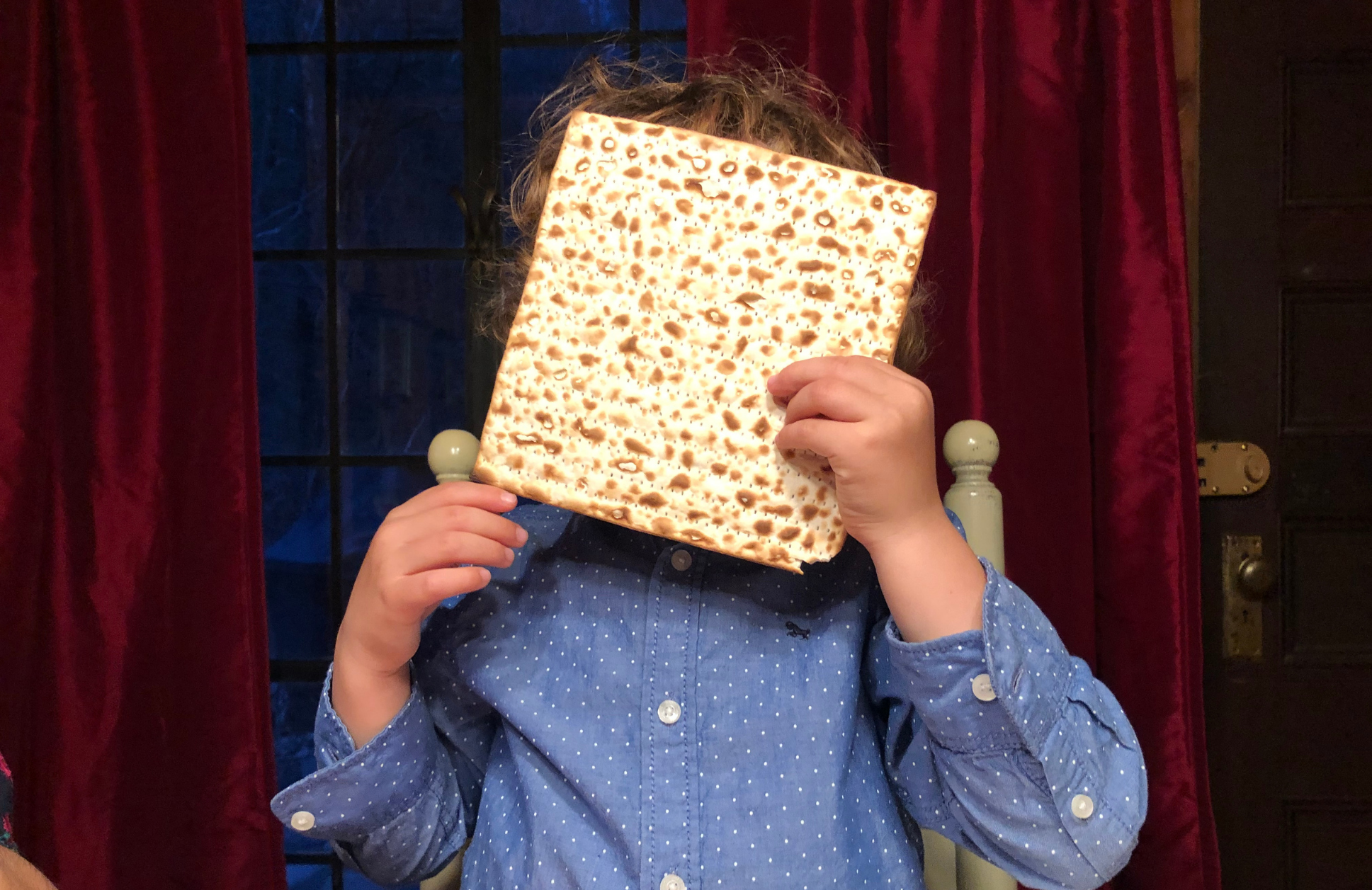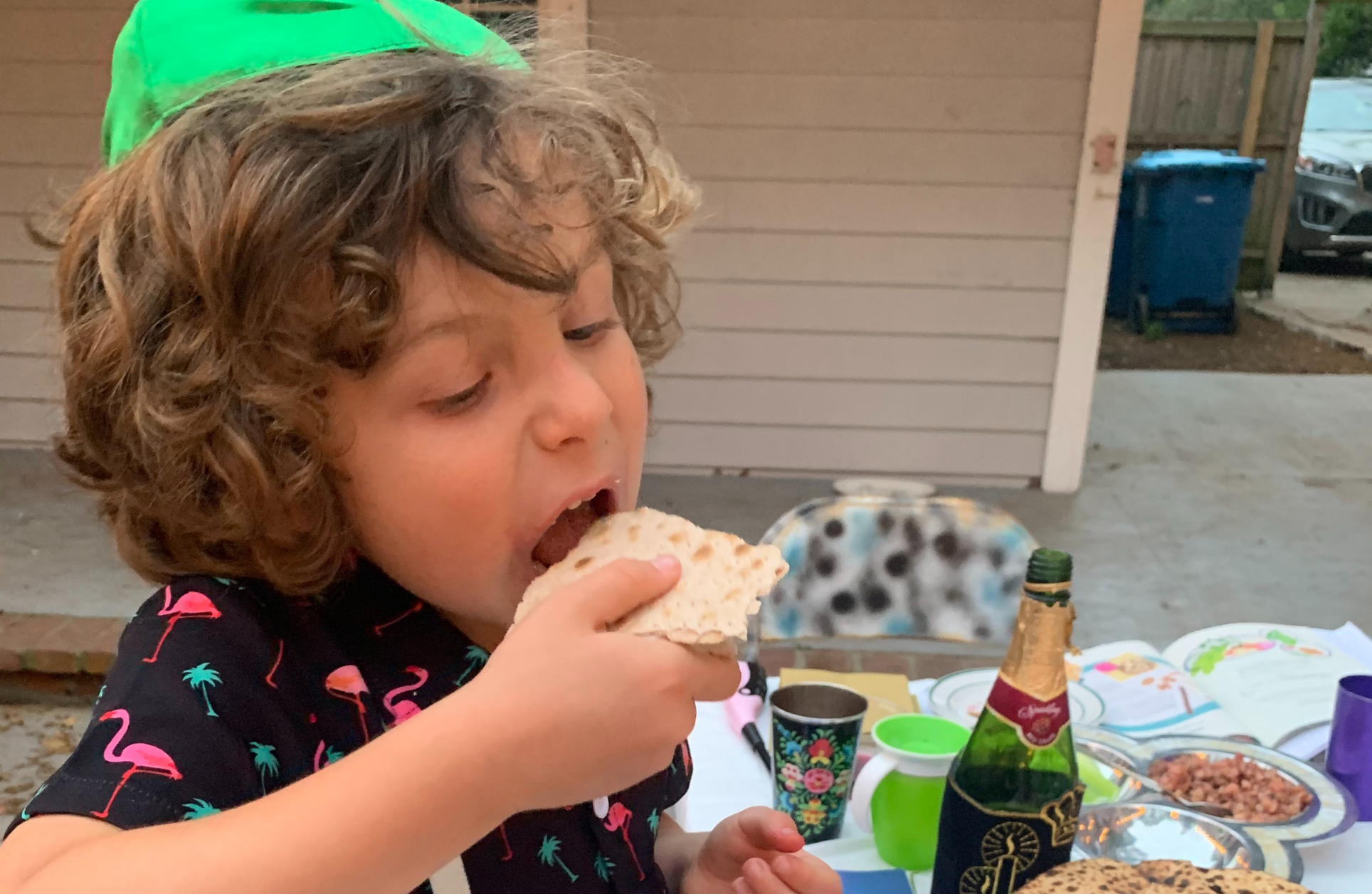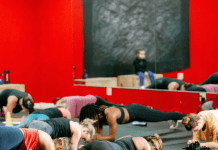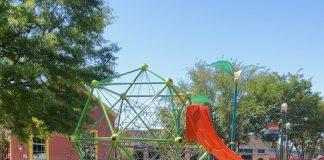The Passover seder celebration is one of the most cherished times of year for many Jewish families. Somehow a holiday with no presents exchanged is my small son’s favorite. This, I can say with confidence, is due to the comfort of tradition and the bonds created when meals are shared.
While Passover is a week-long, the first two nights involve elaborate dinners known as seders. Preparing for the Passover seder in Lafayette takes a little more planning than it did in Brooklyn since supplies are limited and I can’t count on numerous invites to other seders in lieu of doing all the hard work myself.
As we are committed to keeping the Passover tradition, especially since it’s my son’s favorite holiday, I’m sharing how to pull off a seder as traditional as possible whether you are Jewish in Lafayette looking for resources or want to explore a new springtime tradition.
Let’s begin here.
What is Passover?
Passover is a Jewish holiday commemorating the Hebrews’ liberation from slavery in Egypt and the “passing over” of the forces of destruction, or the sparing of the firstborn of the Israelites on the eve of the Exodus. Passover begins on the 15th and ends on the 21st (or, outside of Israel and among Reform Jews, the 22nd) day of the month of Nisan (March or April). On these seven (or eight) days, all leaven, whether in bread or other mixture, is prohibited, and unleavened bread, called matzah, is eaten in its place. The matzah symbolizes both the Hebrews’ suffering while in bondage and the haste with which they left Egypt in the course of the Exodus. Passover is also sometimes called the Festival of Unleavened Bread or the Holiday of Rebirth and Renewal.
This year Passover is celebrated from sundown on Friday, April 15 to sundown on Saturday, April 23.
What is a Passover Seder?
The word seder means “order,” and it refers to the structured, elaborate meal during which the Passover story is told and reenacted through a mixture of reading texts, songs, and symbolic foods and rituals. It is a reflection of the Exodus story’s main themes of slavery and freedom, a theme that remains relevant throughout societies and generations. A seder is unlike any other dinner party. If you get invited to one, RSVP immediately.
What is Kosher for Passover?
The dietary restrictions for this holiday are what make it both uniquely fun as well as an added challenge for the host. During Passover, Jewish law forbids the consumption or POSSESSION of all bread and other leavened grains (chametz). Thus, some go to great lengths at Passover to remove all possible pieces of chametz from the home with diligent cleaning. Even more, there are special Passover dishes for this time of year that are without a doubt free of any chametz. Note the special marking “Kosher for Passover” on packaged food and drinks if in doubt.
 What is Needed for a Passover Seder
What is Needed for a Passover Seder
Haggadah
The word Haggadah means telling in Hebrew and is a guide for the seder, used to retell the miracles of the Exodus. It is ideal to have one for each guest so that everyone can follow along as there are great talking points, ideas for reflection, and songs. This is a great source to download Haggadahs …and it must be pointed out that there is a special Golden Girl’s Haggadah available on this site!
Matzah
Matzah is like a very large saltine cracker, without the salt. It represents the unleavened bread the Jews ate while fleeing Egypt. Lots of matzah is eaten during the seder and the entire week of Passover. It can be found at many grocery stores, though shemurah matzah, a round, handmade matzah, is preferable for the Seder. It is made with holy intentions and care to ensure that it did not rise—a requirement for the matzahs used at the Seder.
Seder Plate
The seder plate is a designated dish on which symbolic foods are arranged and is placed before the Seder leader. In some traditions, the matzah is on the tray while others place three pieces of it on its own dish covered with a cloth. There are at least five foods that go on the seder plate: shank bone (zeroa), boiled egg (beitzah), bitter herbs such as horseradish, parsley, or celery (maror), vegetable (karpas), and a sweet paste called haroset. Many seder plates also have room for a sixth, hazeret (another form of the bitter herbs).
You will also need additional seder plate foods (all except for the bone) on the table for guests to partake in the ritual eating before the meal. Don’t worry, the Haggadah will let you know what to eat and when!
Traditional Foods
The meal varies among Jewish cultures as with most holidays celebrated far and wide. Though the traditional food among Ashkenazi Jews, the largest group of Jews in America, generally includes gefilte fish (poached fish dumplings), matzo ball soup, brisket or roast chicken, potato kugel and tzimmes, a stew of carrots, sweet potatoes, and prunes. If you don’t have a bubby who passed down recipes to you, there are plenty of food blogs to help out. Also, Wholefoods can cook the entire meal for you.
Four Cups of Wine
Each participant in the Seder drinks four cups of wine throughout the evening at fixed points for the four promises of redemption associated with the exodus story. For children and adults who do not drink wine, concord grape juice can be served.
 Guests
Guests
It goes without saying that meals are best enjoyed with company, particularly on Passover given the opportunities for discussions and the communal partaking in traditional foods. Also, unlike many meals where children can become a distraction, at a Passover seder children are an integral part with special roles in the Haggadah to pose questions that are asked at every Passover table around the world. Furthermore, children get a kick out of all the snacks made with matzah before dinner even starts.
Where to get Passover items in Lafayette
- Spend Passover with the Jewish congregation at Temple Shalom’s community seder and don’t worry yourself with preparing dinner.
- If you are hosting, Whole Foods carries most of the necessary ingredients or will cater the entire Passover meal.
- Pieces of Eight has lovely seder plates. While a special plate can be used every year for tradition’s sake, any plate will do. Since our family is an interfaith family I use an oyster plate for our seder plate because we like to make things Cajun Jewish for holidays.
- Download and print a Haggadot from a website.
Once the feast has ended the next seven days are a welcome culinary challenge to see how many meals we can make with matzah. A family favoite is Matzah Pizza as well as my cajun spin on Matzah Brie – I call it Matzah Pain Perdu, of course.
This spring may you enjoy the moments of reflection on renewal whether at a Passover seder or any time you set aside for you and your family. Days and years go by quickly and we seldom take the time to pause to see friends and family which is why traditions are poignant to keeping us close and connected.
Happy Passover Lafayette
About Jenée Naquin
Jenée Naquin  was raised in south Louisiana and cultivated in New York City. She returned to Lafayette amidst the pandemic joining leagues of the urban exodus. She was raised a Cajun Catholic and married a Brooklyn Jew. While working as a Brand Stylist for her company JSQ Creative Agency, she also is defining how to navigate a Cajun-Jewish household. She always makes time for a great adventure at home and afar, styles everything around her, never misses a holiday and regards family and tradition with the utmost respect.
was raised in south Louisiana and cultivated in New York City. She returned to Lafayette amidst the pandemic joining leagues of the urban exodus. She was raised a Cajun Catholic and married a Brooklyn Jew. While working as a Brand Stylist for her company JSQ Creative Agency, she also is defining how to navigate a Cajun-Jewish household. She always makes time for a great adventure at home and afar, styles everything around her, never misses a holiday and regards family and tradition with the utmost respect.

















